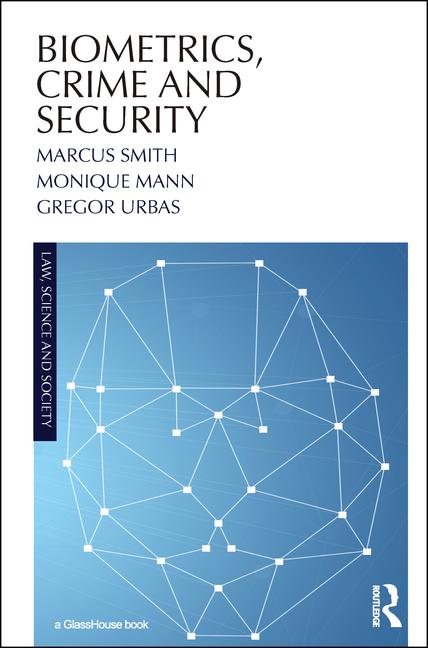Calhoun County Jail in Alabama is testing facial recognition technology that could revolutionize how criminals are identified by local law enforcement.
New biometric software will allow the officers to confirm an inmate’s identity just by having him or her pass in front of a camera, which takes 3-D snapshots of the individual’s face, each consisting of 40,000 data points, according to an article from Government Technology. Those images are then compared against a database to register a match.
Calhoun County Jail already uses biometrics, but in live scan fingerprinting and iris scan systems. Sheriff Larry Amerson believes that facial ID technology will provide advantages over the preexisting systems, mostly for officer safety and efficiency gains, the article says.
The system will be primarily used during the booking process, enabling officers to identify individuals who are registered sex offenders or people with outstanding warrants or previous arrests, the article says.
The jail invested $10,000 in the system, which consists of a laptop, the facial recognition software and a camera. The money, Government Technology reports, came from the jail’s law enforcement fund, a pot of money built from inmate commissary sales, inmate phone call charges and revenue from issuing pistol permits in the county. Alabama state law permits the sheriff to use that pool for law enforcement expenditures, including new technology.
It will take some time for the true value of the system to show, however, as only one other county in Alabama — Madison — is using the same system. One of Amerson’s goals is to have the Calhoun County Jail serve as a regional hub where all counties share that facial recognition database.
He also hopes that the facial recognition will be used for more than booking and release procedures, but also for medicine distribution in prisons and mobile applications for police officers who need to verify someone’s identity after pulling him or her over.
“You can do that with iris scans and fingerprints, but [facial recognition] doesn’t require invasion of personal space or physical contact,” said Amerson in the article. “It grabs them without approaching, and I see tremendous potential there on the enforcement side.”








